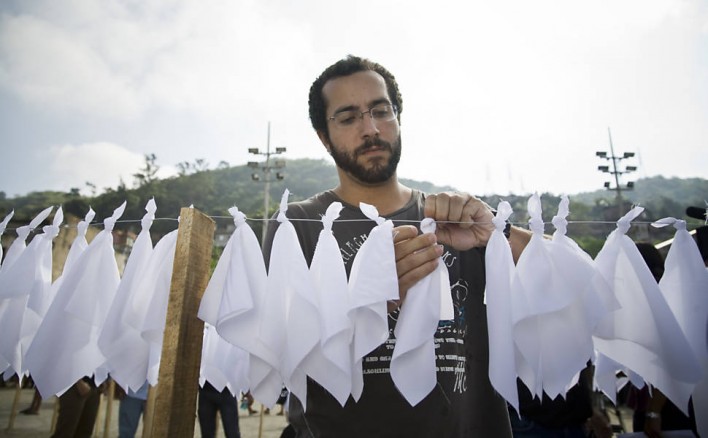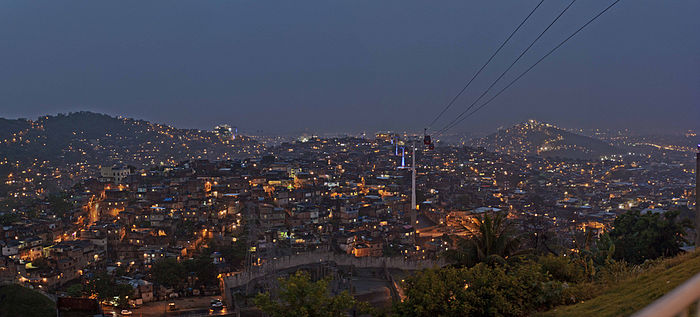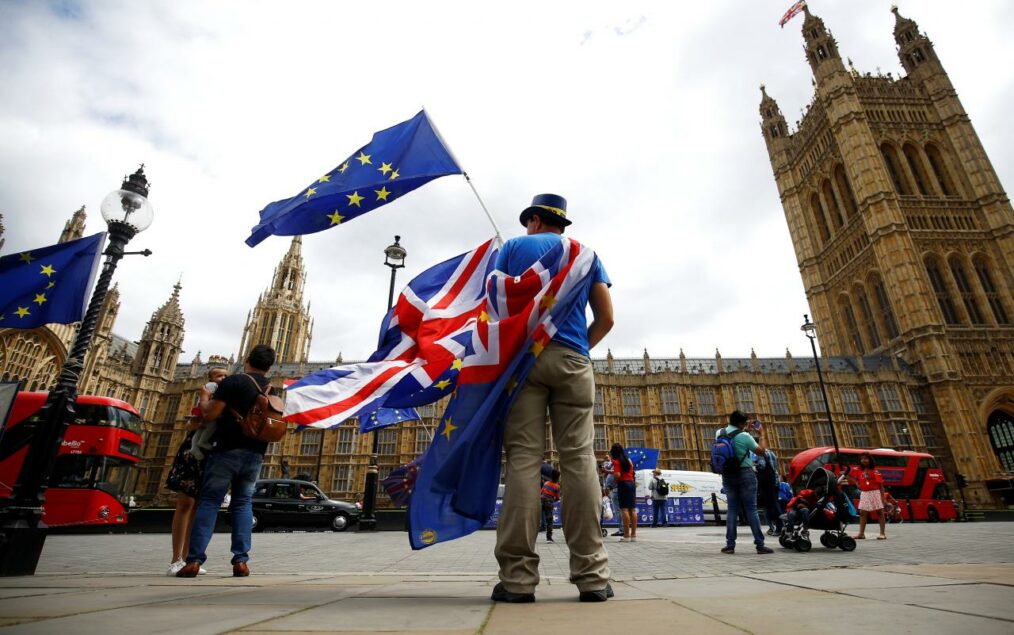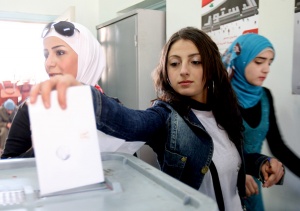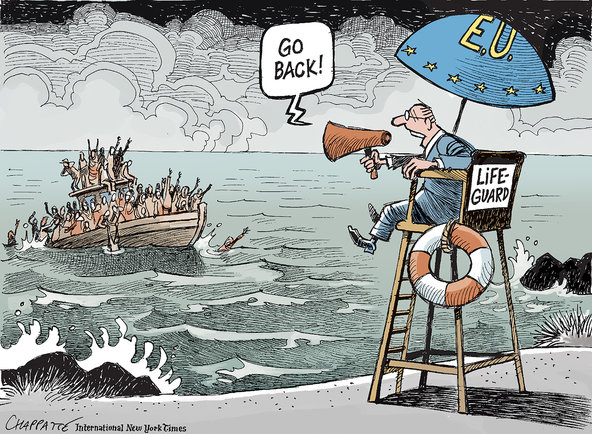
The typical profile of a terrorist attack may include gunmen storming a government building or a suicide bomber detonating his explosive vest in a crowd of festival attendees. However, arms wonks, policy makers, and scientists have long been attuned to a more sinister threat: a radiological dispersal device, or dirty bomb. A dirty bomb is a conventional explosive outfitted with a radiological contaminant such as strontium or cesium, which kills not only through explosive force but radioactive contamination as well.
Terrorist groups can create dirty bombs without much scientific expertise–the difficulty is not in designing the weapon but acquiring the radioactive material. However, according to the Nuclear Threat Initiative, radiological sources are common in commercial or medical devices and are often poorly secured and vulnerable to theft. In fact, as early as 1998, nineteen tubes of radioactive cesium were stolen from a hospital in North Carolina and were never recovered. Poorly secured nuclear facilities in Russia and former Soviet states are also at threat for theft of nuclear materials, with facilities in a number of Russian provinces and Georgia reporting theft.
A Center for Nonproliferation Studies outlined four possible threats of nuclear terrorism. These include the theft and detonation of an intact nuclear weapon, the theft or purchase of radioactive material and subsequent construction of an improvised nuclear device, attack against nuclear power plants, and the construction and detonation of a dirty bomb. Some sources have stated that nuclear terrorism may already be a reality: documents found in Herat, Afghanistan have indicated Al-Qaeda has been in possession of a dirty bomb since 2003, and radioactive contaminants before then.
In 2017, Indonesian militants acquired low-grade radioactive Thorium-232, which they hoped to transform into more potent Uranium-233. This uranium would then be combined with a homemade explosive to produce a dirty bomb. When ISIS conquered Mosul in 2014, radioactive Cobalt-60 was housed on a university campus in the city, ripe for the taking.
While the terrorist group proclaimed they had seized radioactive material and took over laboratories at the same university, Iraqi government officials later discovered they had not touched the Cobalt-60. Terrorist groups have long been aware of the deadly capabilities of a nuclear attack and have sought to plunder, purchase, or create dirty bombs with which to carry out nuclear attacks. At the same time, governments and nuclear scientists are aware of the threat posed by terrorists to nuclear facilities and actively work to upgrade security systems to combat it.
Despite efforts by a number of terrorist groups to obtain radioactive material and build a nuclear bomb, some experts believe the threat of nuclear terrorism is overblown. A number of explanations for terrorist nuclear abstinence have been proposed. These include the difficulty of carrying out such an attack, the disruptive impact of counter-terrorism efforts, and the potential for a nuclear attack to undermine the terrorist cause rather than advance it. Since the overwhelming majority of terrorist attacks to date have been simplistic strikes such as those utilizing knives, conventional explosives, or vehicles, a RAND Corporation analysis concluded, “Governments would be better off focusing their efforts on combating the spread and use of conventional weapons,” as opposed to countering nuclear terrorism.
Even assuming a terrorist group was able to carry out a dirty bomb attack, its impact may be limited. While the public may imagine dirty bombs as capable of killing hundreds or thousands of people, the death toll would more likely be limited to fewer than 100 people. If impacted civilians leave the area quickly, remove contaminated clothing, and shower to wash off radioactive debris, a dirty bomb does not pose much of a threat. However, the economic, psychological, and social costs of a dirty bomb would be much larger. As such, governments must be prepared for the long-term impact of a nuclear terrorist threat more than an initial attack. Costly, long-lasting decontamination efforts may be necessary depending on the level of radioactive contamination, and the public may be afraid of returning to the attack location, causing economic and social disruption.
Nuclear terrorism is a threat that has been underappreciated by the general public, but it has been recognized by counter-terrorism experts, governments, and scientists for some time. While the likelihood of a nuclear terror attack may be slim and the initial deadly effects small, the long-term threat of a dirty bomb attack means governments must upgrade nuclear security efforts at hospitals, power plants, and other facilities containing nuclear materials. Although prior thefts of radioactive material have not yet resulted in nuclear terrorism, it is only a matter of time before a dirty bomb or other nuclear threat becomes a reality.



